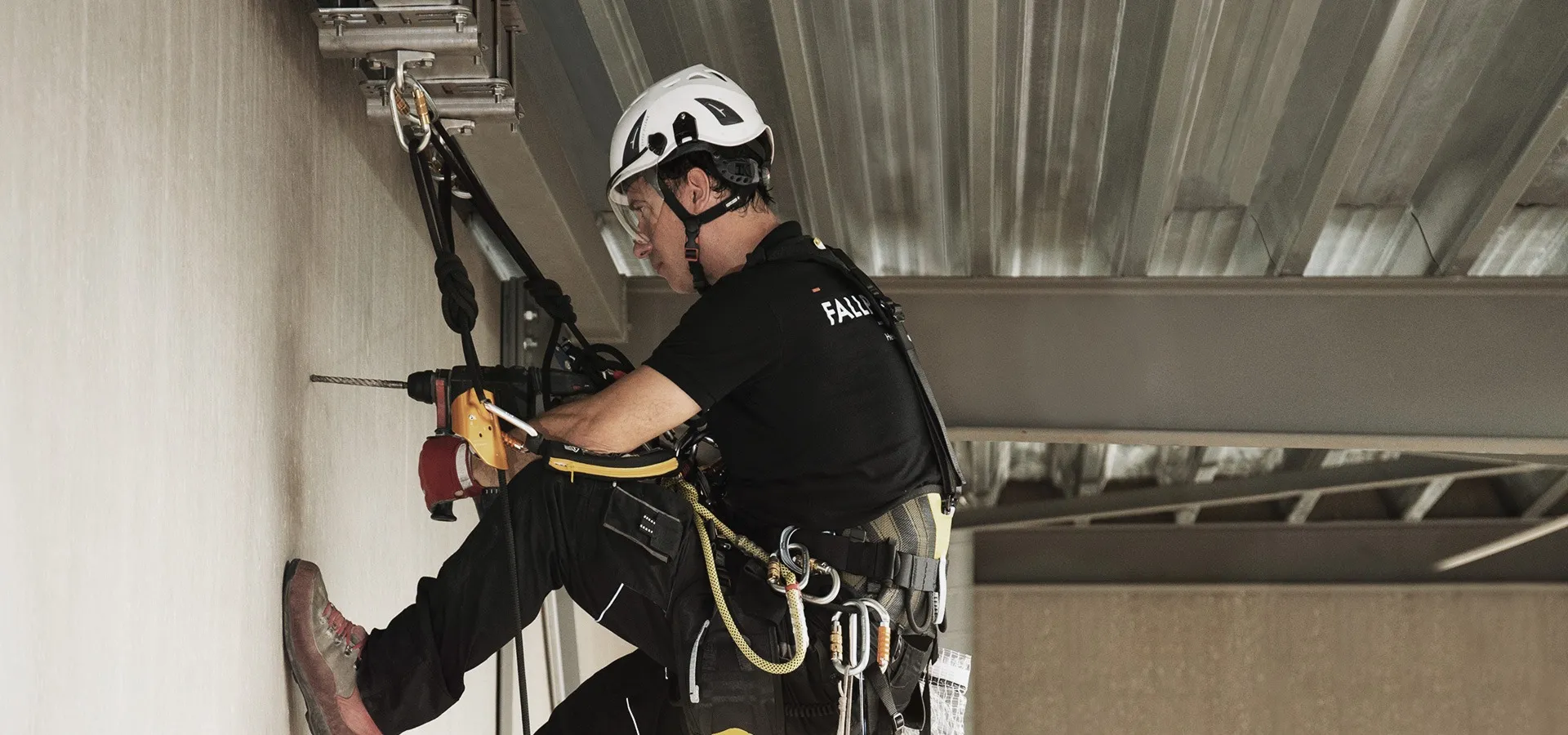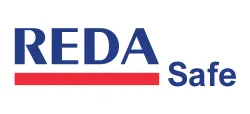Fall Protection and Fall Restraint (Z359)

What Are Fall Protection and Fall Restraint Standards
The ANSI/ASSP Z359 fall protection and fall restraint standards address fall protection equipment and systems for climbing, work positioning, fall arrest, rescue, evacuation and other fall hazards. These standards also address training, and how to identify and abate hazards to prevent injuries when working at height.
Why Use Fall Protection and Fall Restraint Standards
Safety professionals can use the standards in the Z359 Fall Protection Code to address a wide range of fall protection and fall restraint requirements in the workplace. Using the guidance in these standards, safety professionals can understand the requirements for personal fall arrest systems, various lanyards, self-rescue systems, full-body harnesses, self-retracting devices, anchorage connectors; develop a comprehensive managed fall protection program; and design active fall protection systems.
This statement below is included in American National Standards, including the ANSI/ASSP Z359 Standards: “The use of American National Standards is completely voluntary; their existence does not in any respect preclude anyone, whether he/she has approved the standards or not, from manufacturing, marketing, purchasing, or using products, processes, or procedures not conforming to the standards.”
Question: When a new Z359 standard is published or revised, does ANSI impose a deadline for making sure my equipment meets the requirements of the new standard?
Answer: No. Safety equipment meeting previous versions of an American National Standard version can remain in service at the equipment owner’s discretion until the equipment's end of useful life.
The ANSI/ASSP Z359 standards are voluntary consensus standards. While there are some overlapping requirements with OSHA regulations, these standards remain voluntary. ANSI does not require that equipment meeting a previous standard be removed from service when a standard is revised or re-affirmed. ANSI Z359 standards are updated more frequently than federal regulations and as a result, there are many advantages to utilizing the Z359 Code as the basis for the management of a fall protection program. New standards may have requirements that include the integration of new technologies and practices designed to address common risk factors and failure mechanisms. Procuring equipment conforming with new standards may have significant advantages for the safety of workers at height and should be seriously considered. New and updated standards present a consistent and repeatable process to qualify already commercially available products or practices which are already widely accepted. Familiarity with or conformance with these standards is strongly encouraged for equipment and practices to remain current within your fall protection program. Published standards are revised or re-affirmed at least every 10 years. Revised standards may integrate new requirements for design, testing or other requirements to reduce risk and improve the safety of workers at height. The magnitude of these changes vary, so it is advantageous to be aware of these and whether there is a compelling reason to be responsive. Re-affirmed standards go through a review process and their effectiveness extended without any substantive changes.
What should users do? Any decision on the use of fall protection equipment needs to be based on a complete risk assessment and equipment selection process conducted within the parameters of the requirements listed in the ANSI/ASSP Z359 Fall Protection Code and its accompanying standards. Users should be aware of changes to the Z359 Code. When product-related standards become effective, it is important to be aware of whether it is a revision or reaffirmation. Provided that the equipment in place are inspected, serviceable and used in a manner consistent with OSHA regulations, ANSI/ASSP Z359 standards, manufacturer’s instructions and are appropriate for mitigating the hazards they are being used to address, then products are not required be removed from service due to a standard revision or re-affirmation. If it is determined by your organization that equipment conforming with the new or updated standard is warranted, you may elect to remove existing equipment and take steps to conform with the new standard requirements as soon as possible. However, this is not a mandatory course of action prescribed by the Z359 Committee. The “Effective Date” published within a standard is a minimum expectation for product manufacturers. This is the date a manufacturer aims to produce and label products to. This date does not affect the use of existing equipment or products certified to previous revisions of the applicable standard. The time from the published date to the effective date allows manufacturers to change tooling, testing, materials, machinery, and administrative tasks to meet the new standard requirements. It is important to understand that there will be a period of transition as products marked to the previous standard cycle out of use and equipment transitions to the new standard.
